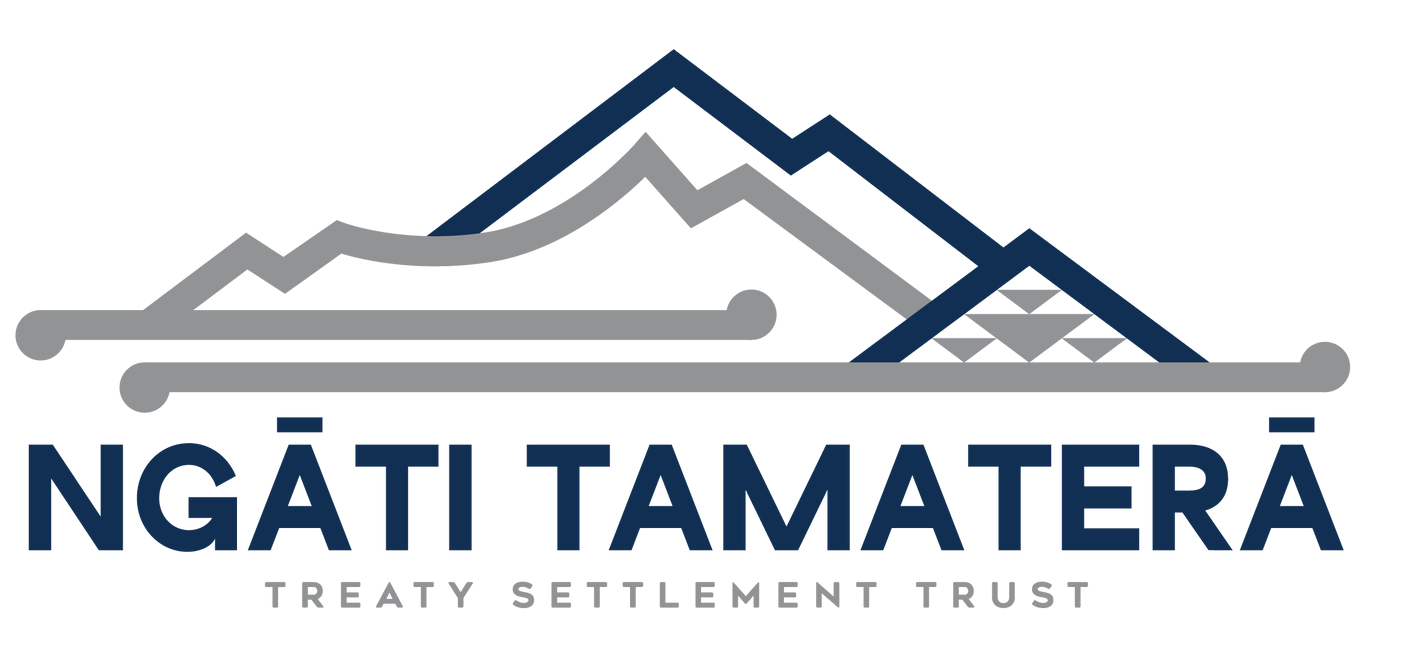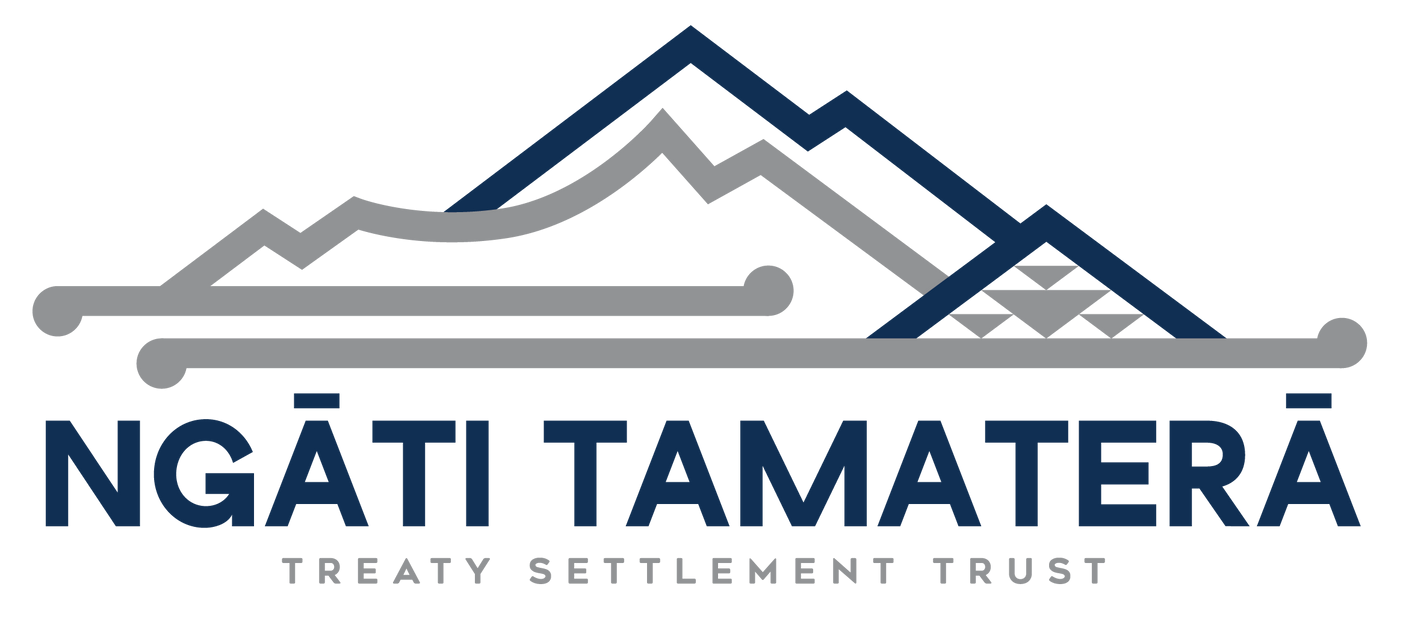
Pou Rāhui
This first-of-its-kind project brings together an all-Māori research team of revered traditional mātauranga Māori environmental experts with contemporary kaupapa Māori scientists, academics, iwi practitioners, environmentalists and rangatahi.
The collaborative project will work with five iwi (Ngāti Pāoa, Ngāti Tamaterā, Ngāi Tai ki Tāmaki, Ngāti Hei and Ngāti Rehua Ngātiwai ki Aotea) that have implemented rāhui or temporary legislative closures for identified species and spaces, in the degraded waters of Tīkapa and Te Moananui-ā-Toi. This intergenerational project will be a co-production across iwi experiencing similar catastrophic impacts in the moana to embark on innovative, replicable, pragmatic, in-water, mātauranga Māori solutions and actions to assist the regeneration and restoration of rohe moana.
Many areas of the world that contain high levels of biodiversity are also the areas in which Indigenous peoples are found. Indigenous cultural beliefs and practices are often found to be a key factor in apparent long-term sustainable use of resources by many groups around the world. This is especially pertinent to maintaining the health and resilience of marine environments and the relevance of integrated human-nature concepts. Identifying ways in which mātauranga Māori scholarship and place-based participatory practice can be captured and incorporated through co-developed transdisciplinary methods is a high priority.
In Aotearoa New Zealand, there is an increasing demand to investigate alternative ways of accessing, engaging and implementing mātauranga Māori to better understand degradation (e.g., declining populations, sedimentation, climate change, predation) and assist restoration initiatives (e.g., marine cultural monitoring, restorative aquaculture, bio-waste alternatives to plastic, technological tools) for culturally and ecologically important marine taonga species and spaces into the future. This project will deliver new solutions for restoring and managing rohe moana and kaimoana for present and future generations.
Rāhui
TE MĀTĀ & WAIPATUKAHU
Rāhui is in place to protect our kaimoana that has been signficantly depleted. Iwi are doing active research through Pou Rāhui and planning to do restoration to restore the mauri of Tikapa moana, guided by ancesteral knowledge mātauranga Maori and kaitiakitangi.
- Te Mātā and Waipatukahu are closed to the take of cockles, mussels, oysters and pipi. The closure was requested by Ngāti Tamaterā.
- The temporary closure is from Ōtaki Creek to Onepoto (known as Diehard stream) and off shore one nautical mile.
- Pursuant to Section 186A of the Fisheries Act 1996, the temporary shellfish closure is from 7 August 2024 until 6 August 2026.
Subscribe to our newsletter
Thank you for signing up to our E-Pānui
Please try again later.
All Rights Reserved | Ngāti Tamaterā | Read our Privacy Statement
